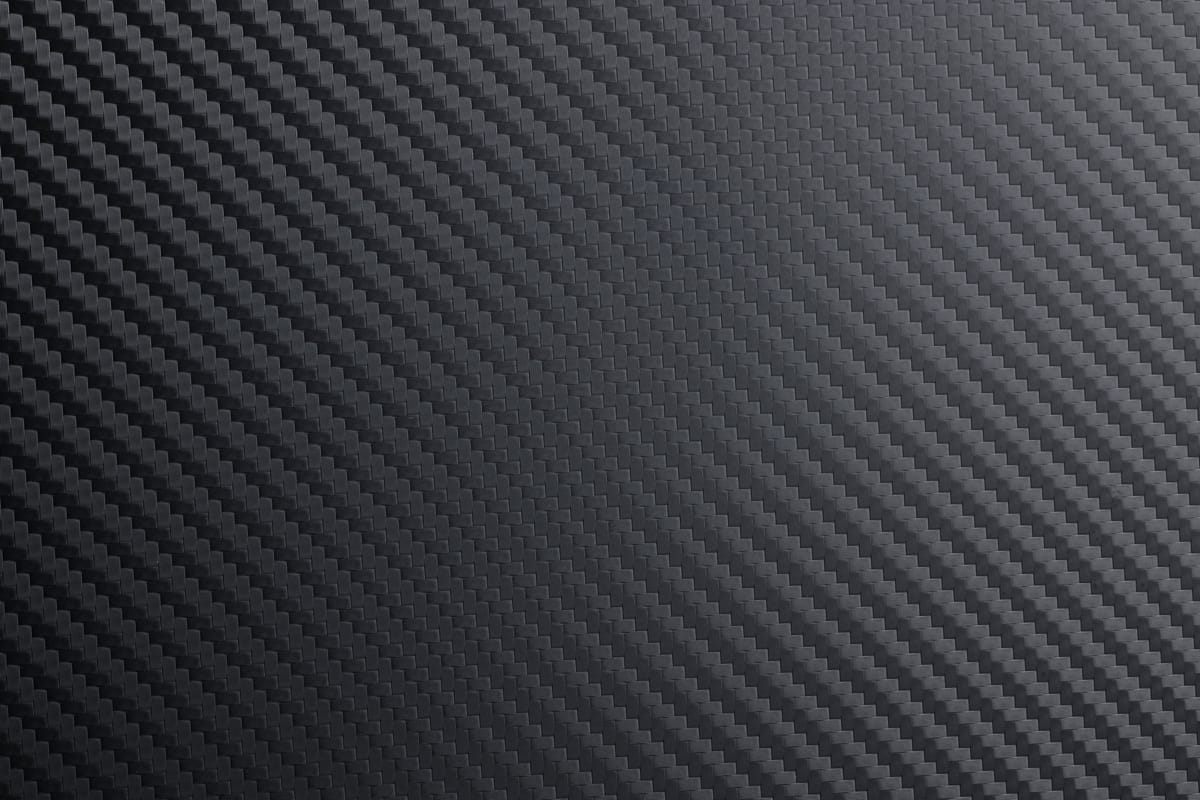Coatings

Coatings: Fortifying National Assets Through Advanced Surface Engineering
Advanced coatings—thin functional layers applied to surfaces to impart corrosion resistance, thermal protection, stealth capabilities, or self‐healing properties—play a critical role in extending the lifespan and performance of military platforms, infrastructure, and industrial equipment. By combining specialized polymers, ceramics, and metallic alloys at micro- to nano-scale thicknesses, modern coatings deliver multi-functional protection with minimal weight and maintenance overhead. Nations that lead in coating science and manufacturing secure enduring advantages in force readiness, asset sustainability, and technological sovereignty.
At the heart of high-performance coatings are tailored chemistries and deposition techniques. Thermal barrier coatings (TBCs) employ yttria-stabilized zirconia layers deposited via electron-beam physical vapor deposition (EB-PVD) to shield turbine blades and hypersonic airframes from temperatures exceeding 1,200 °C. Their columnar microstructure accommodates thermal expansion mismatches, preventing spallation during rapid heating and cooling cycles. Corrosion-resistant coatings, such as duplex systems combining a zinc-rich epoxy primer with a polyurethane topcoat, protect steel structures in marine and chemical environments by offering cathodic protection and hydrophobic barriers with total film thicknesses of less than 200 µm.
Stealth and signature-management coatings integrate carbonyl iron and ferrite nanoparticles into polymer matrices to absorb radar and infrared energy across X- to Ka-bands, reducing platform detectability without compromising aerodynamics. Advanced formulations incorporate microvascular networks filled with phase-change materials that modulate thermal emissivity, thwarting infrared search and track systems. Anti-icing coatings, designed with low-surface-energy fluorinated polymers and micro-textured topographies, prevent ice crystal adhesion on rotor blades and sensor domes by maintaining contact angles above 150°, even under supercooled droplet impacts at –40 °C.
From a strategic capability perspective, these coatings multiply the effectiveness of key assets. Aircraft and naval vessels coated with next-generation stealth treatments can operate closer to adversary defenses with reduced risk of early detection. Gas-turbine engines protected by robust TBCs sustain higher turbine inlet temperatures, boosting thrust-to-weight ratios by up to 10% and extending maintenance intervals by 50%. Critical bridges and pipelines safeguarded with corrosion- and abrasion-resistant systems realize lifecycle cost savings of over 40%, ensuring continuity of energy and logistics networks under harsh environmental conditions. Self-healing coatings—incorporating microcapsules that release polymerizing agents upon damage—automatically seal microcracks, maintaining structural integrity without immediate human intervention.
Leading nations in advanced coating technologies include the United States, where the Air Force Research Laboratory and DARPA collaborate with industry to field multi-functional TBCs and electromagnetic-absorbing skins for next-generation fighters; China, which has scaled EB-PVD manufacturing for large turbine blades and pioneered nano-engineered anti-corrosion systems for its offshore oil platforms; Germany, home to Fraunhofer institutes that develop plasma-spray and magnetron-sputtered coatings for high-speed rail and industrial chemical reactors; Japan, whose keiretsu model drives continuous improvements in automotive clearcoats and anti-fouling marine paints through sol-gel and layer-by-layer assembly techniques; and the United Kingdom, where defense firms integrate adaptive thermal-management coatings with fiber-optic health monitoring for armored vehicles.
Future Trajectory
The next wave of coating innovations will converge digital design with smart functionalities: digital twin modeling of coating performance will guide formulation optimization, while responsive coatings embedded with conductive polymers or microelectromechanical sensors will adjust reflectivity and corrosion protection in real time. Advances in additive manufacturing of graded-interface coatings will enable seamless transitions between hard, heat-resistant layers and compliant, shock-damping films within a single deposition process. By investing in national centers of excellence that span materials science, pilot-scale processing, and field testing, countries will ensure their surface-engineering capabilities remain a force multiplier—preserving platform readiness, safeguarding critical infrastructure, and sustaining economic competitiveness across multiple domains.




